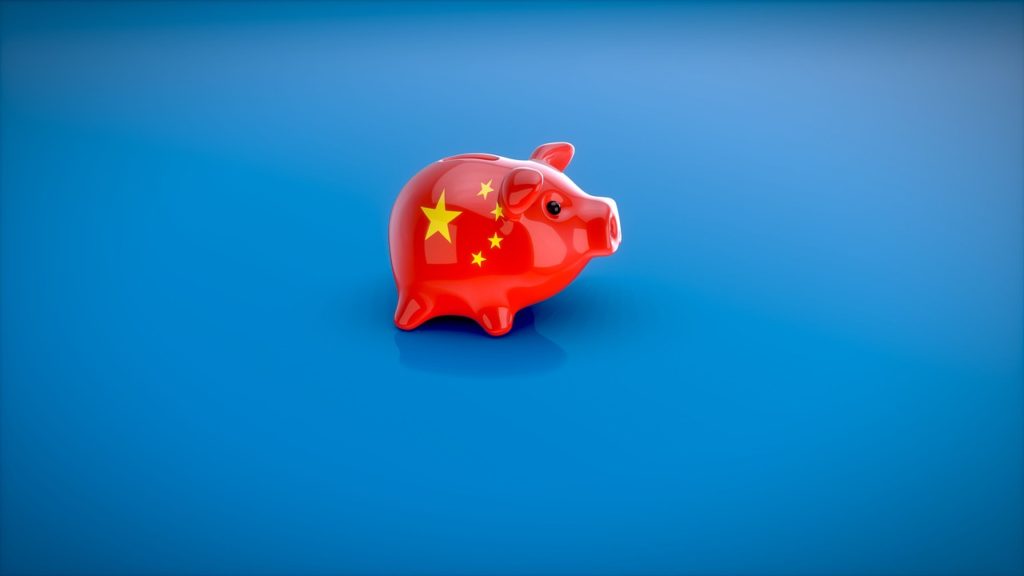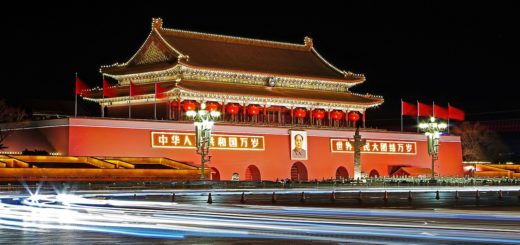Is China Too Risky for Global Investors?

Traditionally, many of the world’s top investors and global CEOs have been drawn to China because of its tremendous growth potential. But some recent developments in China are giving some prominent investors pause.
According to research by Dalbar, an independent research company, the typical institutional investor in China has a “loser” record of 14.5% return a year on equity. That compares with a 10.4% annual return for investors in the overall global equity market and a 9.9% return for U.S. investors.
By contrast, over the last three years, China has delivered an annual return of -8.9% to investors. This is not too surprising, as Dalbar has found that the historical mean return on China for investors has been -2.6% a year over a nine-year period. This period included the Asian financial crisis of 1998 and the subsequent financial crisis that hit the United States in 2008.
In Dalbar’s latest global database of securities returns, China ranked third out of 18 developed market economies and fourth out of 24 emerging market economies in the overall returns on an investor equity basis. The United States ranked first overall with a 12.4% return per year on average for investors over the last four years, while emerging markets saw average annual gains of 14.2% for investors during the period.
Although U.S. and Chinese investors will occasionally experience unexpected returns of up to 36% or greater during any given year, most years end with the average investor losing money. These trends bear some similarities to the volatility we have seen over the last 30 years. In our 30-year history, equity investors in the United States have seen only two years with an annualized return of 10%, and those were 2008 and 1994, when global markets were down sharply.
Dalbar’s data shows that the average long-term return of the long-only U.S. equity fund that we track was 9.5% a year during the 30-year period from 1988 to 2015. During the time period from 1987 to 2015, for example, the average annual return for the S&P 500 index was an annualized 9.5%. Fund average annual return over the entire five-year period from 1988 to 2017 was 9.1%, while during the one-year period, the S&P 500 gained 7.6%.
Dalbar has also found that hedge funds have outperformed traditional U.S. equity funds, but not by a significant margin. The relative historical returns for long-only U.S. equity funds are generally in the range of 5% a year on average since 1988, while the typical hedge fund is in the range of 6% to 9%. Hedge funds, including private equity, have average returns over the three-year period since 1988 of 15.7%, while traditional U.S. equity funds have annualized returns of 10% a year during that period.
Given Dalbar’s historical data, it’s reasonable to be skeptical about China’s prospects as an investment destination for investors. This is especially true for foreign investors, who typically prefer that their money sit in one of the most well-established, generally safe, and relatively diversified investment pools in the world.










